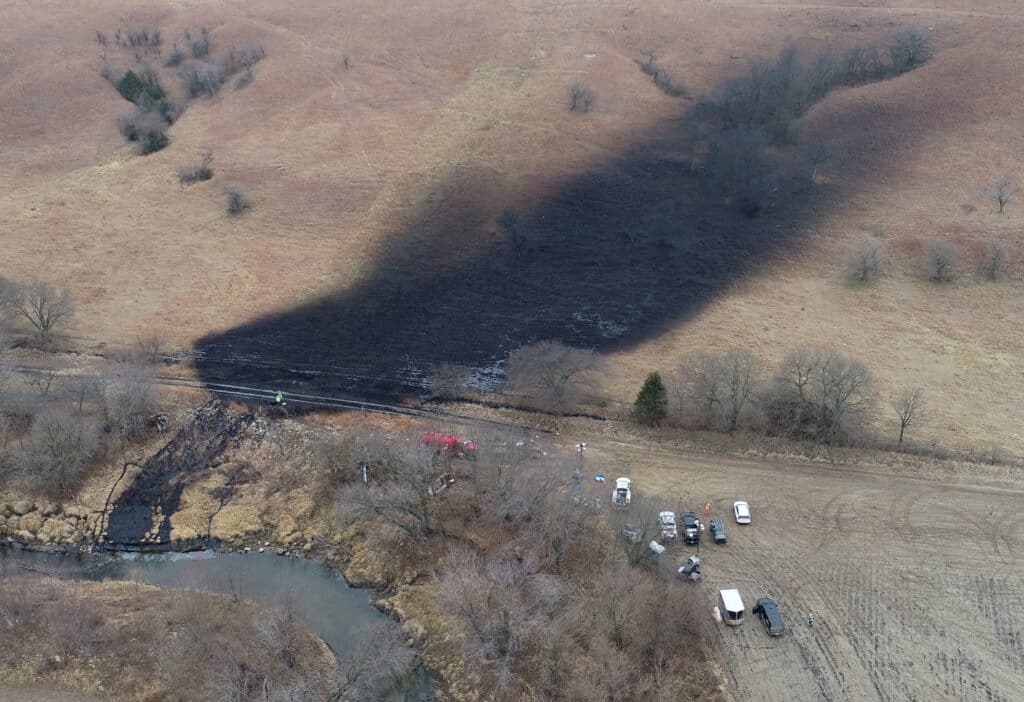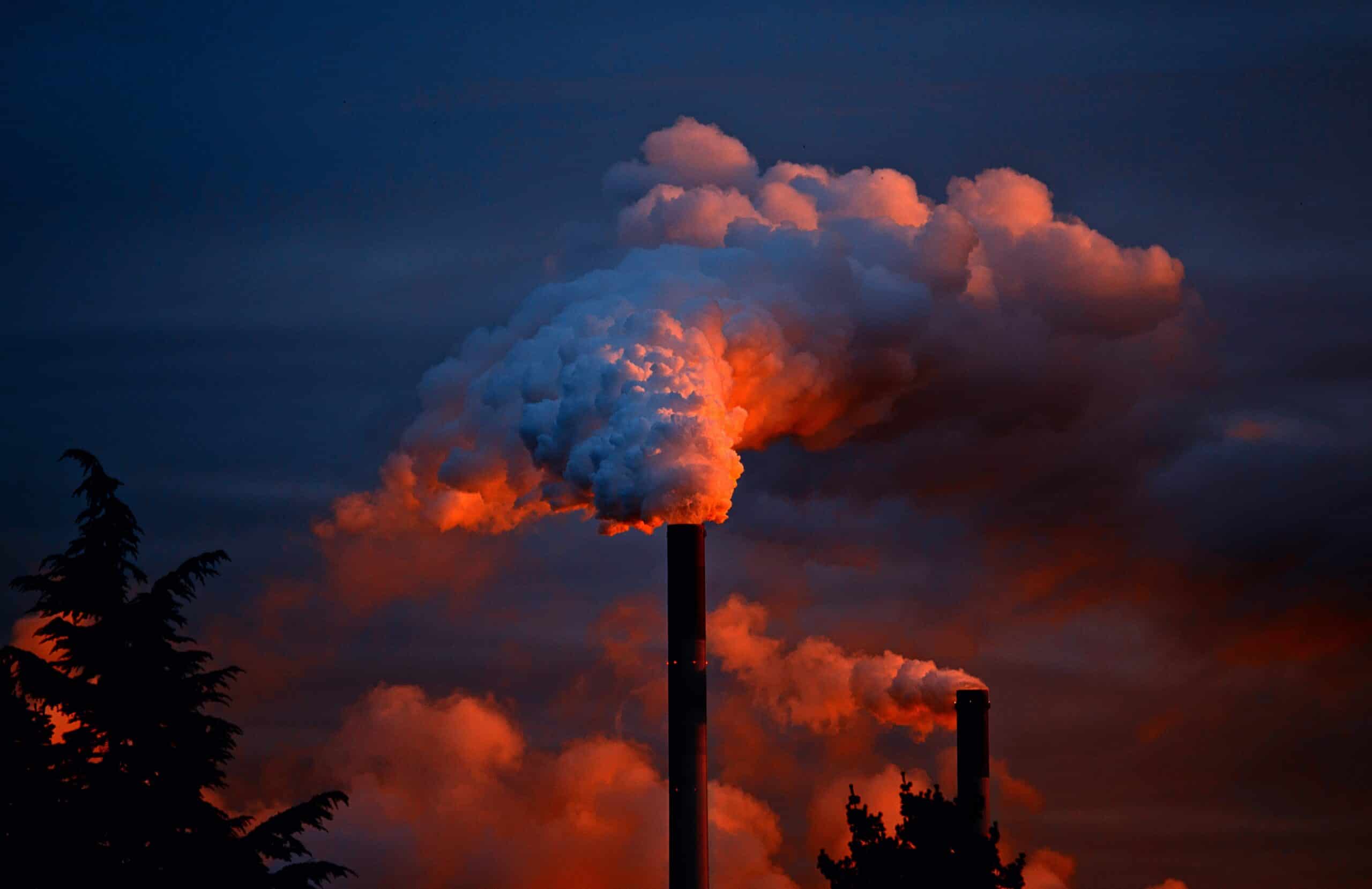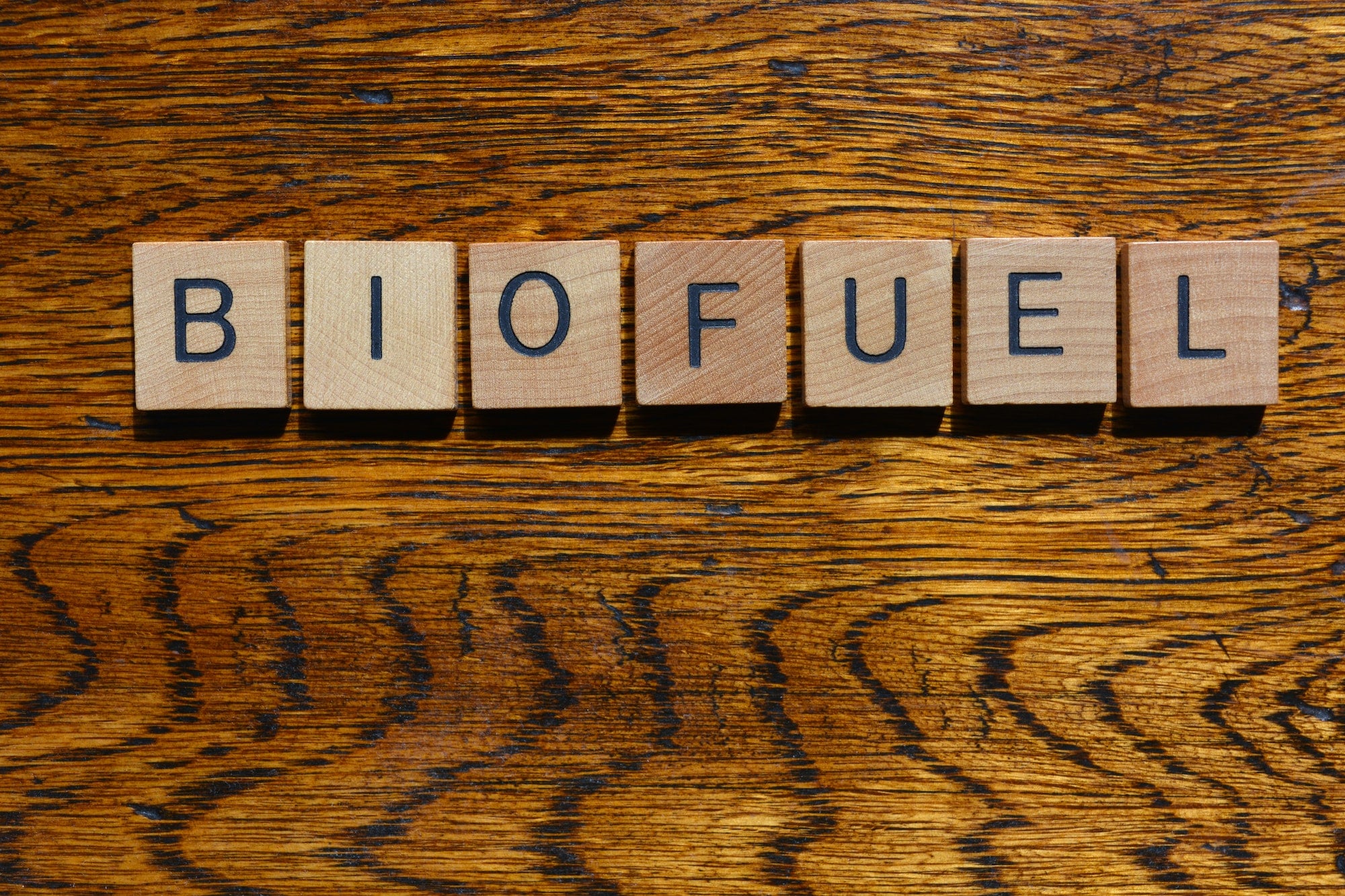
On December 7, 2022, the Keystone Pipeline in Kansas ruptured and spilled 14,000 barrels (600,000 gallons) of oil into Mill Creek. This is said to be the biggest oil spill in Keystone history and experts are saying the Kansas oil spill will take a long time to clean up.
The Keystone pipeline is 2,700 miles (4,345 kilometers) long, stretching from western Canada to the Gulf Coast and central Illinois. The system carries dense crude oil extracted from tar sands.
Not the First Oil Spill for Keystone
A U.S. Government Accountability Office Report in July of 2021 said the four biggest spills tied to the Keystone pipeline were caused by issues in the structural composition of the pipeline system. Zach Pistora, a Kansas lobbyist for the Sierra Club, has voiced his concerns about the future of the Keystone pipeline after this major disaster. With this not being the pipeline’s first oil spill, Pistora argued that the American people aren’t reassured that this pipeline won’t “fail again.”
Faulty Welds
TC Energy, the Canadian-based operator of the pipeline, has made a statement that a faulty weld in the pipeline was the reason for the rupture. The faulty weld caused a crack in the Keystone pipeline that grew due to stress on the pipeline. TC Energy is still investigating why there was stress on the pipeline and further investigating other areas with the same issue. The company said the weld was for a fitting connecting two areas of pipe, which both came from the same manufacturing plant. Experts are worried that there will be further issues in the integrity of the Keystone pipeline if other welds and fittings came from the same plant.
Complicated Cleanup
The Environmental Protection Agency (EPA) that the Keystone pipeline spill has a different implication than any other oil spill. The crude oil that spilled late last year was diluted bitumen. Bitumen is very dense because it’s mixed with other light oils to dilute it. This helps the oil move more freely through the pipeline. Due to its density, bitumen sinks in bodies of water, making cleanup more difficult for this oil spill. Cleanup is estimated to be around $480 million.
Environmental Impacts
What does the most recent Keystone oil spill mean for its environment? The oil industry has been a leading cause of ecological damage. Dr. Diane Orihel, assistant professor in aquatic ecotoxicology at Queens University, relays the impacts of oil spills. Dr. Orihel said when an oil spill occurs, components of the oil will remain in the ecosystem. Her study on bitumen’s implications on freshwater shows the decline in insects and “chronic health effects on wildlife.” Farmland will also be affected due to the density and clean-up time of the oil. Human health can also be impacted if the oil seeps into drinking water. With the oil spill only happening at the end of 2022, time will only tell the direct implications the Keystone system has on the environment.
Firm: Faulty weld, pressure on pipe led to Kansas oil spill
TOPEKA, Kan. (AP) - A faulty weld at a bend in an oil pipeline contributed to a spill that dumped nearly 13,000 bathtubs' worth of crude oil into a northeastern Kansas creek, the pipeline's operator said Thursday, estimating the cost of cleaning it up at $480 million.








